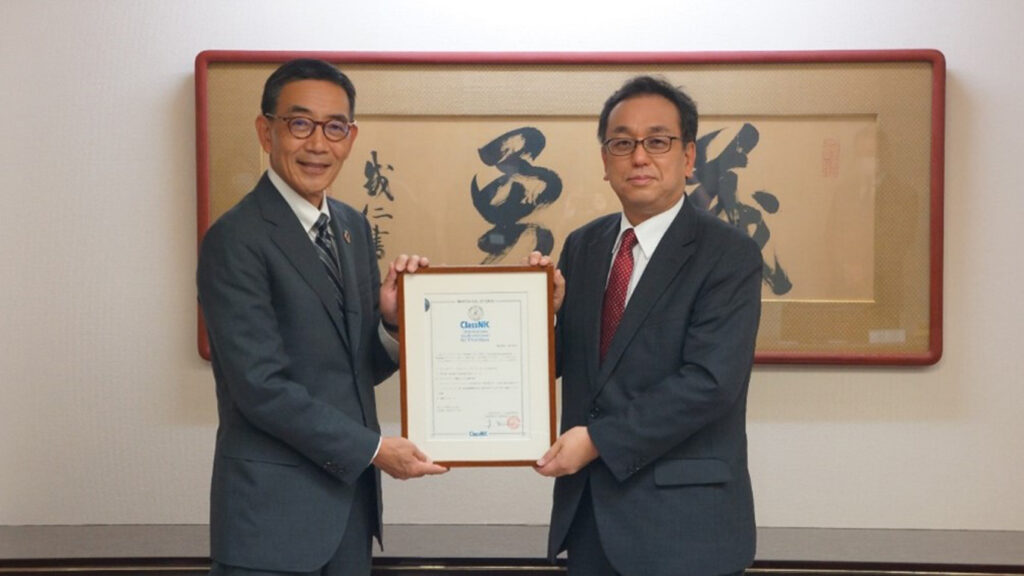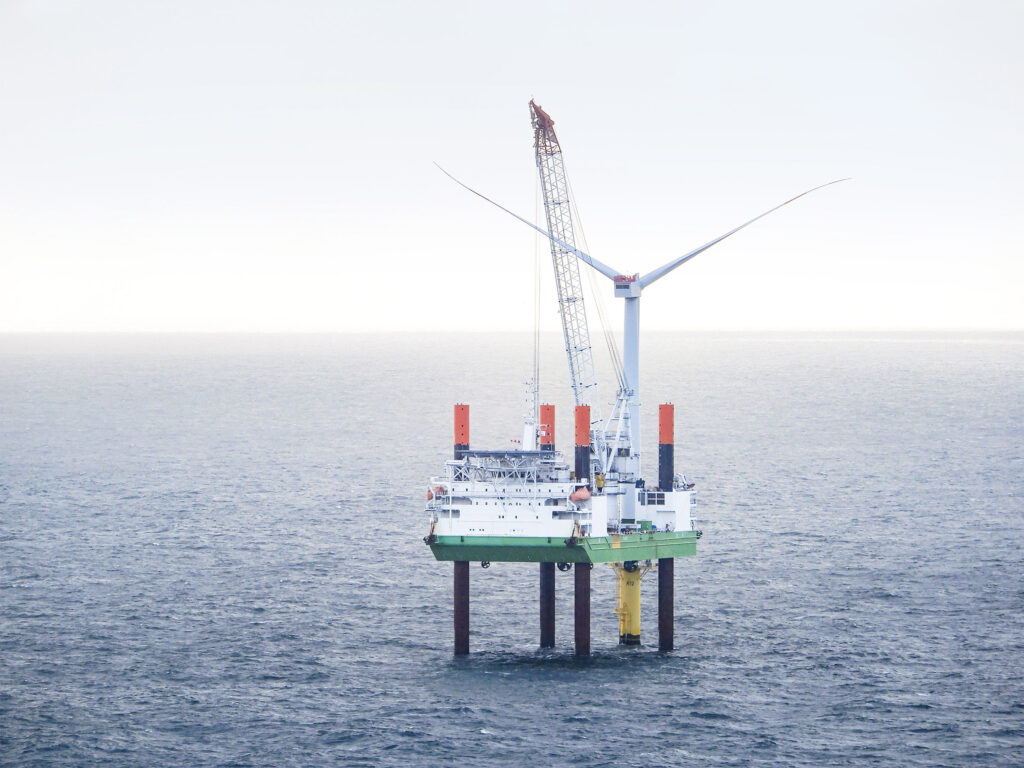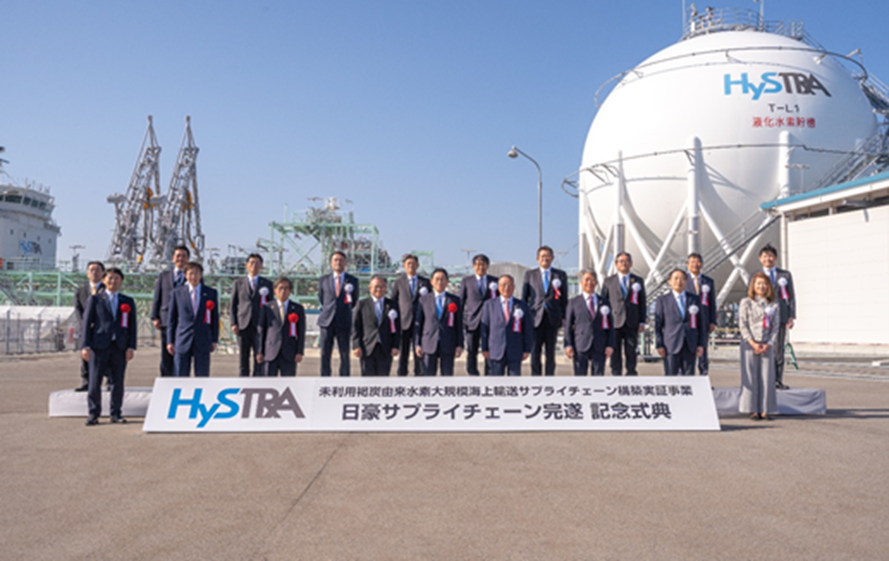Kawasaki Kisen Kaisha, Ltd. (“K” LINE) has decided in a board meeting held today on changes of responsibilities of Executive Officers.
- Changes effective as of June 1, 2022
| Position | Name | Responsibilities |
| Senior Managing Executive Officer | Yukio Toriyama | (Present) Responsible for CFO Unit (Corporate Planning, Research, Corporate Sustainability, Environment Management, IR and Communication, Finance, Accounting, Taxation), CFO (Chief Financial Officer) (New) Responsible for CFO Unit (Corporate Planning, Research, Corporate Sustainability, Environment Management, IR and Communication, Finance, Accounting, Taxation) and Legal, Corporate Legal Risk & Compliance Unit, CFO (Chief Financial Officer) |
| Senior Managing Executive Officer | Yasunari Sonobe | (Present) Responsible for Product Logistics Business Unit (Car Carriers, Logistics, Port and Affiliated Business) (New) Responsible for Product Logistics Business Unit (Car Carriers, Logistics, Port, Short Sea and Coastal Business and Affiliated Business) |
| Managing Executive Officer | Makoto Arai | (Present) Responsible for Legal, Corporate Legal Risk & Compliance Unit, Assistance to Internal Audit, CCO (Chief Compliance Officer) (New) Supervising Legal, Corporate Legal Risk & Compliance, Assistance to Internal Audit, CCO (Chief Compliance Officer) |
2. Responsibilities of Executive Officers on and after June 1, 2022
Please see the attached list of responsibilities of Executive Officers scheduled on and after June 1, 2022.
Attachment: The responsibilities of Executive Officers on and after June 1, 2022
| Title | Name | Responsibilities |
| President & CEO | Yukikazu Myochin | |
| Vice President Executive Officer | Atsuo Asano | Assistant to President & CEO, Responsible for Dry Bulk Carriers Unit, In charge of Drybulk Planning, Responsible for Marine Sector, Advanced Technology, Ship Technical, GHG Reduction Strategy Unit |
| Senior Managing Executive Officer | Yukio Toriyama | Responsible for CFO Unit (Corporate Planning, Research, Corporate Sustainability, Environment Management, IR and Communication, Finance, Accounting, Taxation) and Legal, Corporate Legal Risk & Compliance Unit, CFO (Chief Financial Officer) |
| Senior Managing Executive Officer | Kazuhiko Harigai | Responsible for Energy Transportation Business Unit |
| Senior Managing Executive Officer | Yasunari Sonobe | Responsible for Product Logistics Business Unit (Car Carriers, Logistics, Port, Short Sea and Coastal Business and Affiliated Business) |
| Senior Managing Executive Officer | Kiyotaka Aya | Supervising Marine Sector, CSO(Chief Safety Officer) |
| Managing Executive Officer | Daisuke Arai | Responsible for Containerships Business Unit, Digitalization Strategy Unit, CIO(Chief Information Officer) |
| Managing Executive Officer | Makoto Arai | Supervising Legal, Corporate Legal Risk & Compliance, Assistance to Internal Audit, CCO (Chief Compliance Officer) |
| Managing Executive Officer | Shingo Kogure | Responsible for General Affairs, Human Resources Unit |
| Managing Executive Officer | Takenori Igarashi | In charge of Car Carrier Business, Car Carrier Planning & Development, Car Carrier Quality and Operations |
| Managing Executive Officer | Noriaki Yamaga | In charge of Corporate Planning, Research, Corporate Sustainability, Environment Management, IR and Communication |
| Managing Executive Officer | Keiji Kubo | In charge of Logistics, Port and Affiliated Business |
| Managing Executive Officer | Yuji Asano | In charge of Finance, Accounting, Taxation |
| Managing Executive Officer | Michitomo Iwashita | Supervising Ship Technical, GHG Reduction Strategy, In charge of Electricity and Offshore Business, Advanced Technology |
| Managing Executive Officer | Masatoshi Taguchi | In charge of Coal & Iron Ore Carrier Business, Coal & Iron Ore Carrier Planning & Operation |
| Executive Officer | Toyohisa Nakano | In charge of Ship Technical, GHG Reduction Strategy, General Manager of Ship Technical Group |
| Executive Officer | Satoshi Kanamori | In charge of LNG, Carbon-Neutral Promotion |
| Executive Officer | Akihiro Fujimaru | In charge of Marine Sector |
| Executive Officer | Hisashi Nakayama | In charge of Tankers, Fuel Strategy & Procurement |
| Executive Officer | Fumiyoshi Sato | In charge of Legal, Corporate Legal Risk & Compliance, General Manager of Legal Group and Corporate Legal Risk & Compliance Group |











